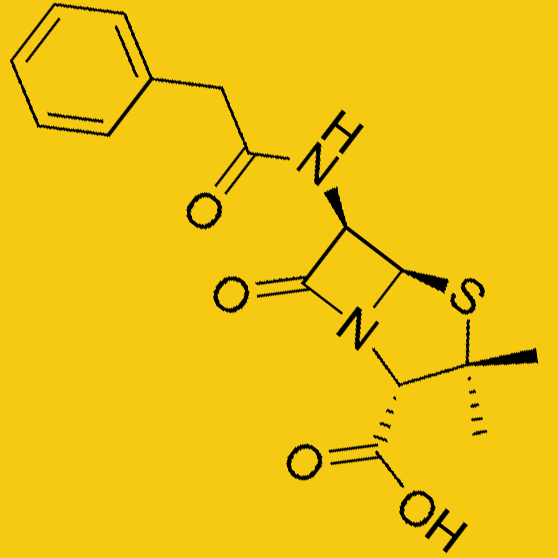
|
 |
Synthetic Penicillin
Massachusetts Institute of Technology |
In terms of public health, penicillin is pretty much the best thing since sliced bread. Its medical benefits were famously discovered in 1928 by Scottish bacteriologist Alexander Fleming from a piece of moldy bread. Penicillin was quickly realized to be a miracle drug, but its production was slow and laborious. Fleming's process required harvesting the penicillin for months before creating even just a small dosage. During World War II the demand far outstripped what was produced. Subsequently, the American and British governments spent $20 million and recruited more than 1,000 scientists working in 39 different labs, to synthesize the creation of penicillin. Years of failure led most to believe it was a lost cause and the end of the war saw the governments pull their funding from the research.
In 1946, as others were jumping ship, a 31-year old organic chemist, John Clark Sheehan, began his 31-year career at MIT and dedicated himself to tackling the penicillin problem. His was the only lab continuing research to create synthetic penicillin. Nine years later, he proved all the doubters wrong, successfully creating a general total synthesis of penicillin. He created both a total synthesis as well as an intermediate compound which became the foundation of hundreds of additional kinds of synthetic penicillin. This was made possible with the isolation of Penicillin 6-APA, the nucleus of the penicillin molecule, which, once isolated, allowed for the creation of various and specific types of penicillin by stringing molecules from this stable nucleus. By the end of his career, Sheehan had over 30 patents, including numerous targeted treatments that vastly improved the effectiveness of this miracle drug. His research paved the way for further medicines including peptides, antibiotics, alkaloids, and steroids. Ampicillin, a commonly-used semi-synthetic penicillin, able to be taken orally rather than by injection, is one of the most well-known of Sheehan's additional medical innovations.
The importance of Sheehan's innovation is indescribable. Since his discovery, penicillin has become more easily produced and used in medicine. A wide range of penicillin derivatives have been discovered to prevent and treat diseases most often stemming from bacterial infections. Many people have benefited from this work to treat such ailments as ear infections, strep throat, tonsillitis, and even general cuts. Additionally, the flexibility the treatment of penicillin now enjoys means that variants of penicillin can be quickly adapted to treat almost any specific medical problem. Synthesized penicillin, an innovation rooted in the MIT laboratory of John Clark Sheehan, in Cambridge, is one of the most important and far-reaching innovations in the field of modern medicine.
|